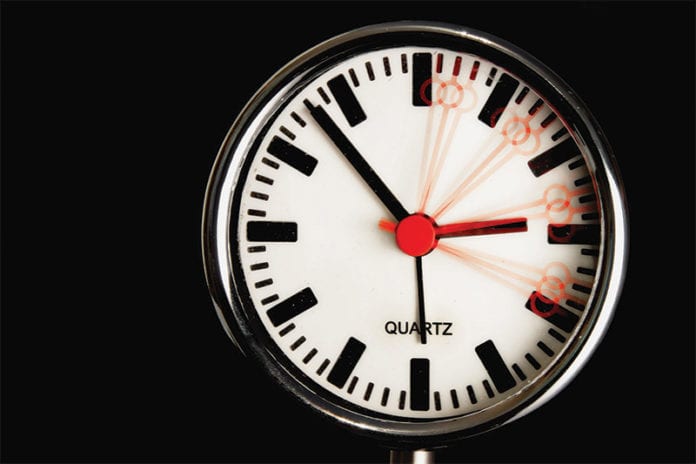Results show balance between student educational needs and treatment for patients
PHILADELPHIA - Medical students in Emergency Departments often perform an initial evaluation of stable patients prior to supervising residents or attending physicians, who meanwhile provide care to other patients. Despite some concern over the possible effect to patients, new research shows the presence of medical students in the Emergency Department adds less than five minutes to the average length of a patient's stay. The findings, from a team of researchers at the Perelman School of Medicine at the University of Pennsylvania, are published in the December 8 Medical Education issue of JAMA.
"There has been concern that medical students may appreciably increase patient length of stay in the emergency department," said the study's senior author Kevin R. Scott, MD, assistant professor of Clinical Emergency Medicine at the Hospital of the University of Pennsylvania. "But our findings show only a minimal increase, one that is probably imperceptible to most patients and likely clinically insignificant. What this demonstrates is that medical students are afforded excellent educational opportunities in the Emergency Department, and can balance this with the desire of both patients and physicians to reduce length of stay."
The all-Penn research team compared patient length of stay during a required emergency room rotation for medical students and a separate period when medical students were not in the emergency department. In total, more than 1.3 million patient cases were evaluated over a period of fifteen years at three hospitals. The investigators found the total average length of stay was 264.7 minutes, while length of stay was 4.6 minutes longer when students were involved in assessing patients.
"As students, we gradually transition from observing to aiding medical care, but sometimes worry that the additional time we spend with patients may slow care," said Kimon L.H. Ioannides, a fourth year medical school student at the Perelman School of Medicine at the University of Pennsylvania, and lead author on the study. "This study provides some reassurance that our teachers are able to minimize delays in care for our patients during this transition."


A good preceptor/trainer will keep things moving and when time is of the essence, as in a matter of life and death, a good preceptor/trainer will ask the student to just observe and move on with saving a life, speaking aloud the steps being taken, if possible, and then later discuss with the student the what, when, why of the events.
Often keeping things moving is more about keeping the patient focused on the issue at hand. I have a few staff that it took awhile for them to believe me when I said you can redirect a patient without being rude. The ones that resisted this the most always come back after practicing some of the suggested dialogues to redirect, proclaiming you can redirect without being rude! Statements of empathy, sympathy, wishing you had more time to spend with them, all these proceed the mention of time constraints.
If students slowed the processes I would almost bet it is related to keeping the patient on track!